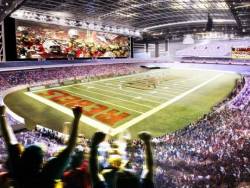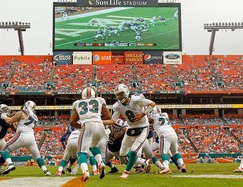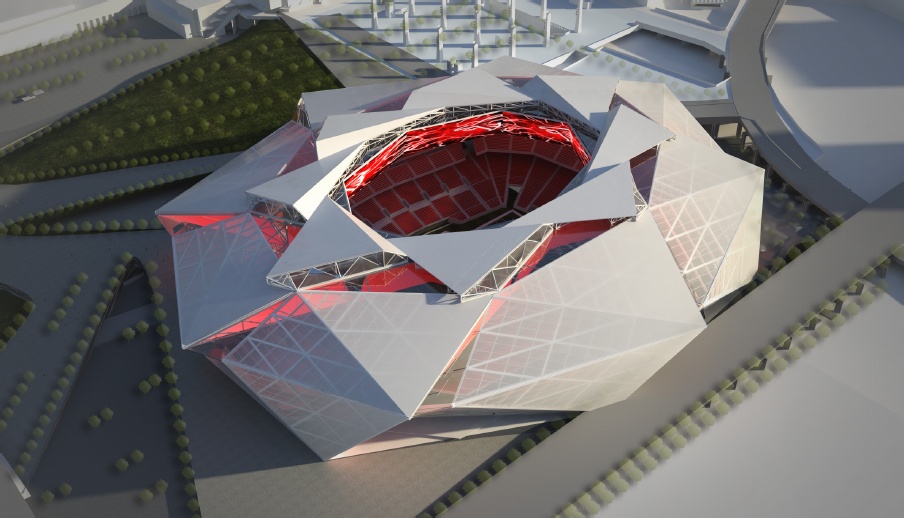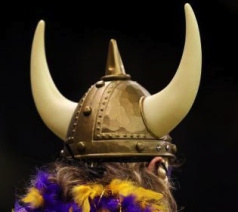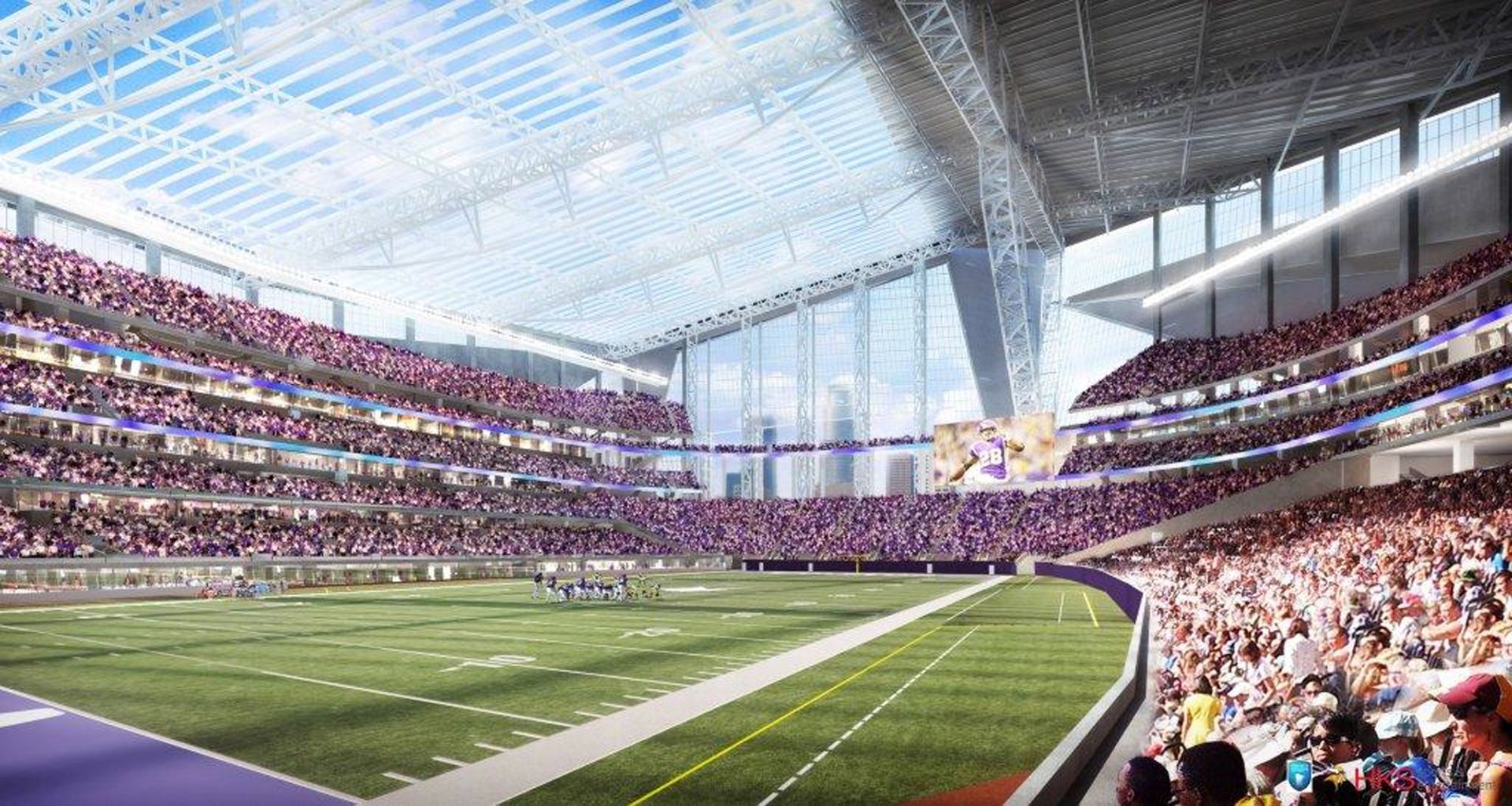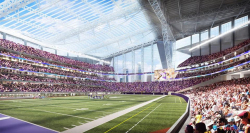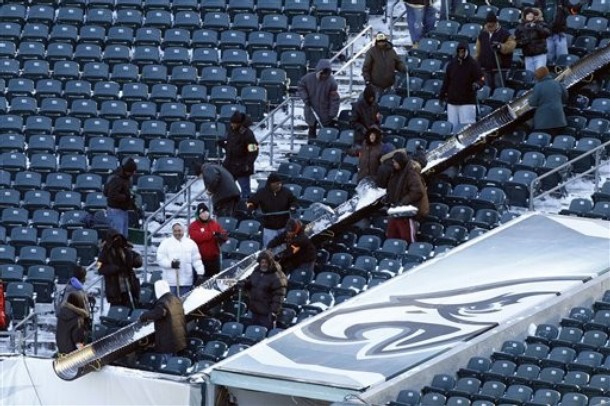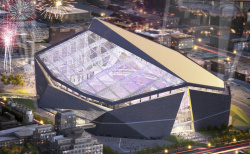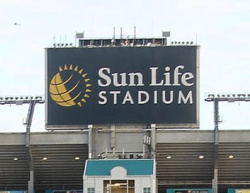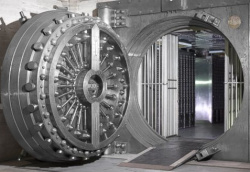Dirty Bird
Pokémon Master
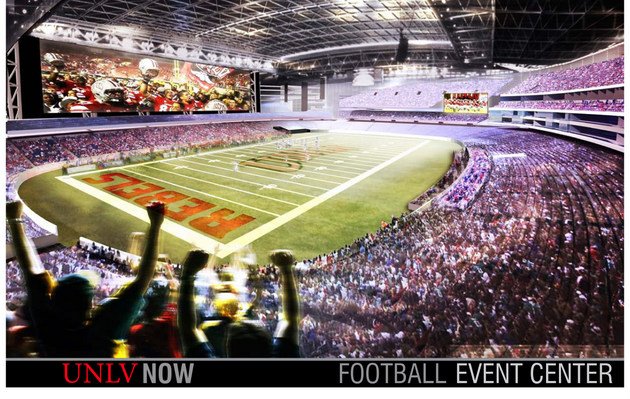
http://www.lasvegassun.com/news/2013/jan/11/unlv/
The capacity it's being touted to get is only 60,000. But could they have 10,000+ temporary seats to get it beyond the minimum 70,000 required for the game? (University of Pheonix Stadium is 63,400 expandable to 78,600 which hosted Super Bowl 42 and is getting 49)
Would be great to see. The atmosphere in the lead up to the game would be great in Vegas.
But would it get built?
Their primary tennant would be the UNLV Rebels. Their largest crowd this past season vs Nevada drew just the 20,000 (50% of the old stadiums capacity and 33% of the new proposal)
Infact, the old stadium has only cracked 25,000 5 times in the last 3 years.
41,923 - Boise State vs Utah (Dec 22, 2010)
35,720 - Boise State vs Arizona State (Dec 22, 2011)
33,217 - Boise State vs Washington (Dec 22, 2012)
28,958 - Nevada vs UNLV (Oct 2, 2010)
26,281 - Boise State vs UNLV (Nov 5, 2011)
Is it viable?
Where would they make their money from?
Though, I do hope they get it. A super bowl in Vegas would be amazing to say the least.



